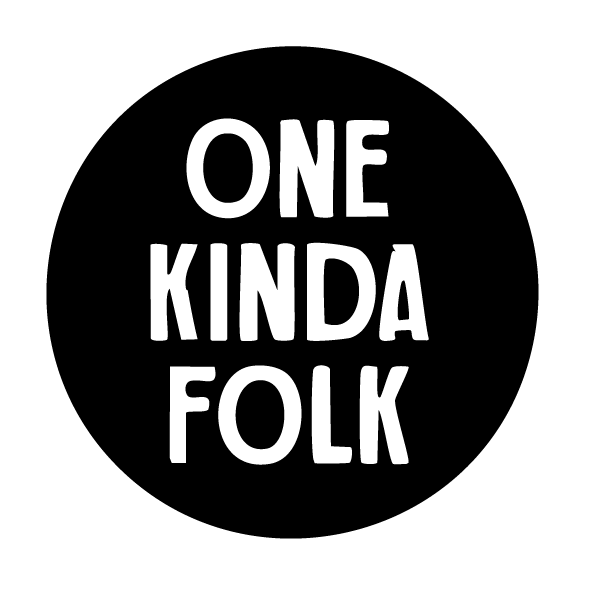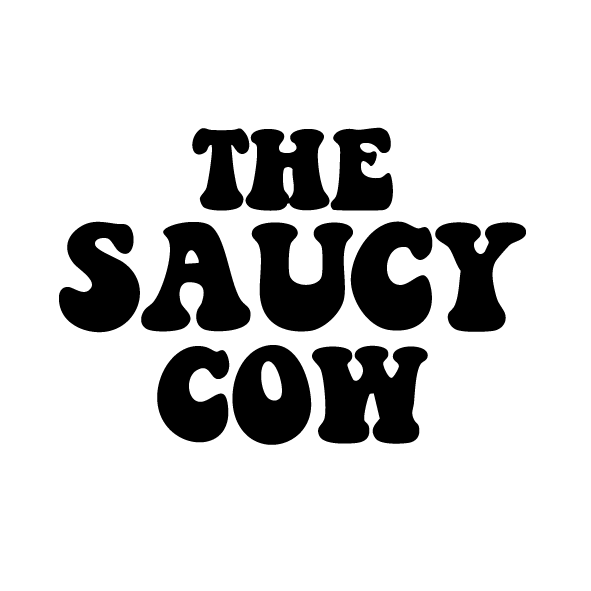Guerillas won't farm coffee trees for your cappuccino
In the last couple weeks some of our coffee friends have been calling each other quite anxiously worrying about the elevated coffee prices around the markets. What can we do? Will it stay this high going forward? Can we stay in business as farmers, roasters, etc?
A quick and short answer is, I personally don't know and would keep the future wide open for possibilities as there's a lot going on simultaneously in the world markets on all levels currently. In the same time, I would encourage everyone to stay calm as markets go up and down, clouds come and go and if there's no rain here today, there must be some somewhere else.
As I was thinking about what would it make sense to write into a blog post about the current market price shock I had to realise that C-Market prices, future contracts, hedging and differentials would be too dry and honestly with the help of the internet, the answers to these questions are all yours. So something different perhaps! A historic comparison? Sounds good even though, the logic is reverse I hope it will make sense to you!
Before getting into the comparison I would like to say something to you dear friend. Life is going to get more expensive wherever you look as energy sources are depleting, deglobalisation is gradually progressing, the ecosystem is degrading and wars erupt over land, water and hydrocarbons. But I know you would like to know more about what happened with Colombian coffee farms in the 90s instead! Maybe there is a take away from history so here we go!
Around the early 90s, as Gabriel Garcia Marquez was writing his Del amor y otros demonios (Of Love and Other Demons), the bucolic coffee growing regions had some tensions boiling.
During this period, coffee market prices have crashed while oil prices skyrocketed and the combination of these two had a major impact on farmers. Why? Because modern day agriculture is based on refined oil products for fuel, natural gas for fertiliser production and chemical pesticides. All of these input costs had significantly increased for the humble Colombian farmer while the price of her produce could only score historically low values.
This was bad and painful for those folks who live from growing agricultural products. Poverty was rising disproportionately in coffee regions reducing income levels and fuelling rural based illegal armed groups. On top of all this, the extremely low international coffee prices raised the economic incentive to switch to high-return illicit crops such as coca, which is used to produce cocaine. There isn't a huge crossover between coffee growing regions and coca farms geographically, but it could still make an impact on the farmers and the average number of coffee trees planted annually decreased through these years.
Colombia's no1 export good is crude oil while coffee is no3 on the list so how else could this coffee price crisis got even more devastating? Well, in parallel with the plummeting C-Market trend the price of oil skyrocketed and had very similar implications in oil rich areas of the country where petrol prices increased together with violence that has led to the continuation of civil war and struggle for power, literally. Enter the rise in conflict in Colombia induced by crashing C-market prices and fuelled by high oil price.
Let's take a look at international coffee price history in a retrospective manner. Prices actually were pretty stable during the period from 1963 to 1989 mostly because the International Coffee organisation had set quotas for the exporters leading a relative price stability for US consumers while also preventing the spread of 'Castroism' in Central and South America. This is another good example how politicians were afraid that the low price of coffee can positively affect the support of guerrilla wars in rural communities.
However, the landscape has massively shifted after the unexpected collapse of the Soviet Union as their support had evaporated from those countries that would have been considered friendly with the idea of socialism (most of South and Central America).
The quota system was finished in 1989 and excess supply had flooded the market driving coffee prices to historically low ranges. This trend only shifted in 1994 after a severe frost damage on Brasilian trees reducing the country's export amount and hence increasing prices for everyone supplying. After this short intermezzo the prices were on an increasing trend right up until the late 90s when massive scale up of production in Brazil and Vietnam had begun.
This scaling up of farms was happening in parallel with export subsidies and technological improvements in farming (hybrid varieties and mechanisation) targeting production increase while lowering labour costs. In Brazil the government started to subsidise the planting of frost free areas in coffee growing regions.
This period, we like to refer as the 'international coffee crisis' and indeed plummeting prices didn't stop sinking until 2003.
Why would all this be relevant in our current times? I reckon Colombia's unique example can showcase a different interpretation of the current situation of historically high coffee prices that we are facing today.
A kind reminder to the reader that coffee is cultivated with a labour intensive technology and hence the increase in international coffee prices will potentially lead to a larger proportional wage increase for labour workers (farmhands). Higher agricultural commodity value in international markets - in our case coffee prices - raise the income of rural producers, eases social unrest. Multiple research done on this period confirms that higher income levels from coffee farming reduce conflict by raising the opportunity cost of politically-motivated violence.
This is all grand you could say, but what about us here just roasting and brewing the beans? Yes, you are not missing the point, there is a bitter pill for the so called developed countries to swallow. In a world where energy resources are rapidly depleting and deglobalisation is changing the rule of market mechanism, the increasing cost of raw products is inevitable.
My aim here is to emphasis, that producing countries are equally keen on increasing wages and living standards for the current and next generations while continuously adjusting to the changing climate conditions and challenges. Frost damage, drought, flooding, diseases and countless other factors can contribute to crop failure. Facing up to these challenges are expensive and as always someone has to pay the bill at the end of the night.
Perhaps add to the bill a double espresso in advance to treat the heavy head well in the morning.
A quick and short answer is, I personally don't know and would keep the future wide open for possibilities as there's a lot going on simultaneously in the world markets on all levels currently. In the same time, I would encourage everyone to stay calm as markets go up and down, clouds come and go and if there's no rain here today, there must be some somewhere else.
As I was thinking about what would it make sense to write into a blog post about the current market price shock I had to realise that C-Market prices, future contracts, hedging and differentials would be too dry and honestly with the help of the internet, the answers to these questions are all yours. So something different perhaps! A historic comparison? Sounds good even though, the logic is reverse I hope it will make sense to you!
Before getting into the comparison I would like to say something to you dear friend. Life is going to get more expensive wherever you look as energy sources are depleting, deglobalisation is gradually progressing, the ecosystem is degrading and wars erupt over land, water and hydrocarbons. But I know you would like to know more about what happened with Colombian coffee farms in the 90s instead! Maybe there is a take away from history so here we go!
Around the early 90s, as Gabriel Garcia Marquez was writing his Del amor y otros demonios (Of Love and Other Demons), the bucolic coffee growing regions had some tensions boiling.
During this period, coffee market prices have crashed while oil prices skyrocketed and the combination of these two had a major impact on farmers. Why? Because modern day agriculture is based on refined oil products for fuel, natural gas for fertiliser production and chemical pesticides. All of these input costs had significantly increased for the humble Colombian farmer while the price of her produce could only score historically low values.
This was bad and painful for those folks who live from growing agricultural products. Poverty was rising disproportionately in coffee regions reducing income levels and fuelling rural based illegal armed groups. On top of all this, the extremely low international coffee prices raised the economic incentive to switch to high-return illicit crops such as coca, which is used to produce cocaine. There isn't a huge crossover between coffee growing regions and coca farms geographically, but it could still make an impact on the farmers and the average number of coffee trees planted annually decreased through these years.
Colombia's no1 export good is crude oil while coffee is no3 on the list so how else could this coffee price crisis got even more devastating? Well, in parallel with the plummeting C-Market trend the price of oil skyrocketed and had very similar implications in oil rich areas of the country where petrol prices increased together with violence that has led to the continuation of civil war and struggle for power, literally. Enter the rise in conflict in Colombia induced by crashing C-market prices and fuelled by high oil price.
Let's take a look at international coffee price history in a retrospective manner. Prices actually were pretty stable during the period from 1963 to 1989 mostly because the International Coffee organisation had set quotas for the exporters leading a relative price stability for US consumers while also preventing the spread of 'Castroism' in Central and South America. This is another good example how politicians were afraid that the low price of coffee can positively affect the support of guerrilla wars in rural communities.
However, the landscape has massively shifted after the unexpected collapse of the Soviet Union as their support had evaporated from those countries that would have been considered friendly with the idea of socialism (most of South and Central America).
The quota system was finished in 1989 and excess supply had flooded the market driving coffee prices to historically low ranges. This trend only shifted in 1994 after a severe frost damage on Brasilian trees reducing the country's export amount and hence increasing prices for everyone supplying. After this short intermezzo the prices were on an increasing trend right up until the late 90s when massive scale up of production in Brazil and Vietnam had begun.
This scaling up of farms was happening in parallel with export subsidies and technological improvements in farming (hybrid varieties and mechanisation) targeting production increase while lowering labour costs. In Brazil the government started to subsidise the planting of frost free areas in coffee growing regions.
This period, we like to refer as the 'international coffee crisis' and indeed plummeting prices didn't stop sinking until 2003.
Why would all this be relevant in our current times? I reckon Colombia's unique example can showcase a different interpretation of the current situation of historically high coffee prices that we are facing today.
A kind reminder to the reader that coffee is cultivated with a labour intensive technology and hence the increase in international coffee prices will potentially lead to a larger proportional wage increase for labour workers (farmhands). Higher agricultural commodity value in international markets - in our case coffee prices - raise the income of rural producers, eases social unrest. Multiple research done on this period confirms that higher income levels from coffee farming reduce conflict by raising the opportunity cost of politically-motivated violence.
This is all grand you could say, but what about us here just roasting and brewing the beans? Yes, you are not missing the point, there is a bitter pill for the so called developed countries to swallow. In a world where energy resources are rapidly depleting and deglobalisation is changing the rule of market mechanism, the increasing cost of raw products is inevitable.
My aim here is to emphasis, that producing countries are equally keen on increasing wages and living standards for the current and next generations while continuously adjusting to the changing climate conditions and challenges. Frost damage, drought, flooding, diseases and countless other factors can contribute to crop failure. Facing up to these challenges are expensive and as always someone has to pay the bill at the end of the night.
Perhaps add to the bill a double espresso in advance to treat the heavy head well in the morning.
























